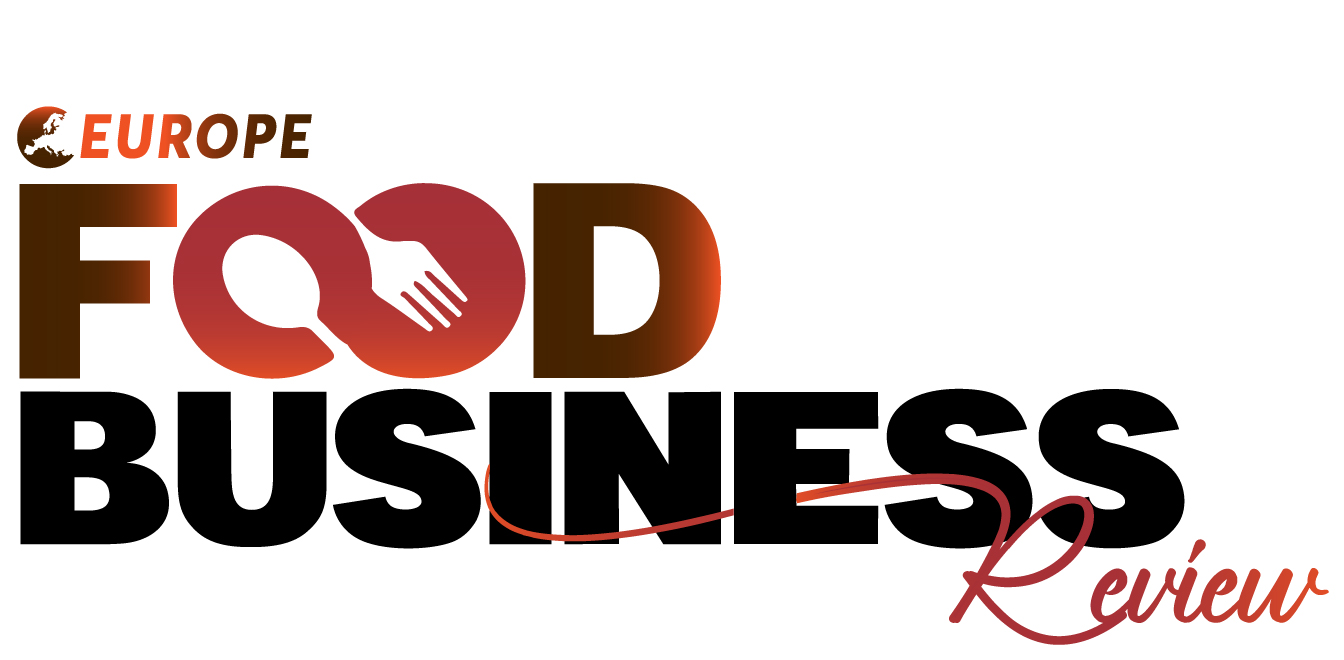Thank you for Subscribing to Food Business Review Weekly Brief
- Home
- Topics
- Alternative Proteins and Plant Based Food
- Beer and Wine
- Canned Beverages
- Coffee And Tea
- Food and Beverage Consulting
- Food and Beverage Financial Service
- Food And Beverages Marketing
- Food Distributors
- Food Ingredients
- Food Sustainability
- Plant Based Food and Beverages
- Seafood Suppliers
- Supplement Manufacturing
- Wine Investment
- News
- Vendor Viewpoint
- CXO Insights
- Conferences
- Newsletter
- CXO Awards
-
Game-Changing Features Revolutionizing the Meat Distribution Industry
Investing in specialized meat distribution software with essential features can significantly improve your business's operational efficiency, regulatory compliance, and customer satisfaction.

By
Food Business Review | Thursday, May 22, 2025
Stay ahead of the industry with exclusive feature stories on the top companies, expert insights and the latest news delivered straight to your inbox. Subscribe today.

FREMONT, CA: Meat distribution companies should implement modern technologies to improve effectiveness and customer satisfaction. Specialized software can bring maximum efficiency, regulatory compliance, and cost reductions. Ensuring scalability and flexibility will be a deciding factor for future growth and market trends. Choosing appropriate software is a strategic decision to strengthen market position and deliver customer value.
Inventory Management Capabilities
Successful distribution companies must have efficient inventory management, particularly for perishable commodities like meat. A robust software solution should offer real-time stock tracking, barcode scanning technology, and predictive analytics tools to streamline operations and minimize human error. This reduces stockout risks and minimizes excess inventory, optimizing cash flow and storage space, a critical advantage in the perishable goods industry.
Traceability and Compliance Features
The meat distribution industry must adhere to strict regulations and compliance standards, especially in food safety and traceability. Software should enable end-to-end traceability, tracking each product batch from farm to fork, to identify and isolate issues like contamination or quality concerns. Compliance features should include automated reporting functionalities, simplifying regulatory inspections and audits, and ensuring adherence to industry standards like HACCP and FDA guidelines.
Route Optimization and Delivery Management
Efficient logistics management is crucial in meat distribution, ensuring timely delivery and product freshness. Advanced software should offer route optimization algorithms that consider traffic conditions, delivery schedules, and vehicle capacity. This can reduce transportation costs, minimize fuel consumption, and improve delivery accuracy. Real-time tracking capabilities enable dispatchers and customers to monitor shipment progress, improve customer satisfaction, and manage delivery delays or issues.
Customer Relationship Management (CRM) Integration
A robust software solution should incorporate CRM functionalities to centralize customer data, such as purchase history, preferences, and feedback. This will enable personalized communication and targeted marketing campaigns, boosting customer retention and loyalty. Automated alerts and notifications can inform customers about order status updates, promotions, or delivery schedules, enhancing brand reliability.
Analytics and Reporting Tools
Data-driven decision-making is essential for optimizing operational efficiency and identifying growth opportunities. Therefore, your software should include robust analytics and reporting tools that provide actionable insights into key performance metrics such as sales trends, inventory turnover rates, and customer behavior patterns. Customizable dashboards and visualizations simplify complex data into easily understandable formats, empowering management teams to make informed decisions quickly. Historical performance analysis and forecasting capabilities further aid strategic planning and resource allocation, guaranteeing that your company stays flexible and responsive to market demands.






